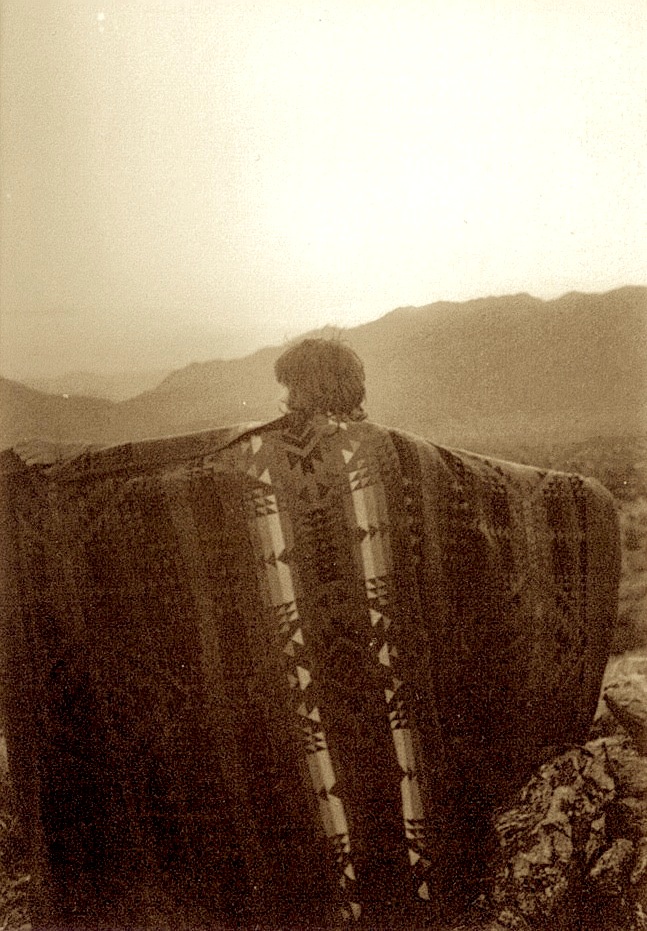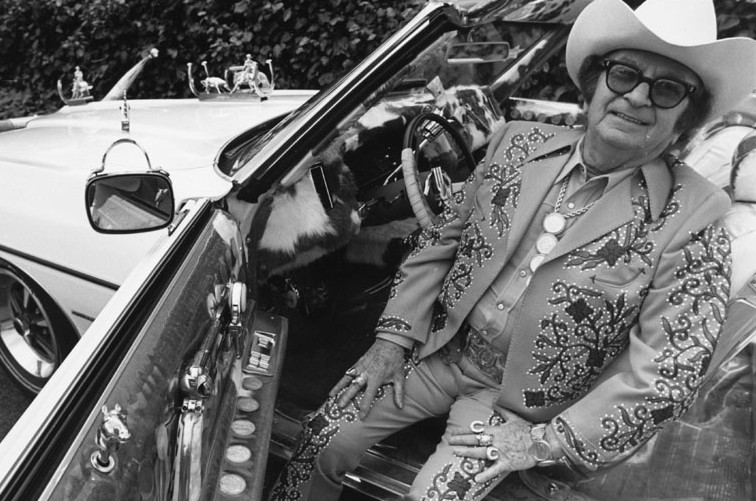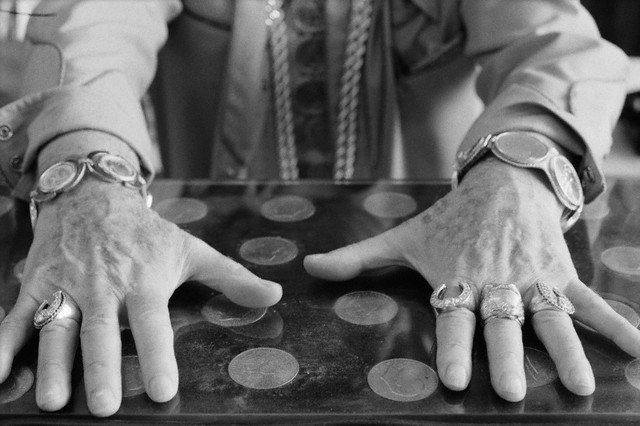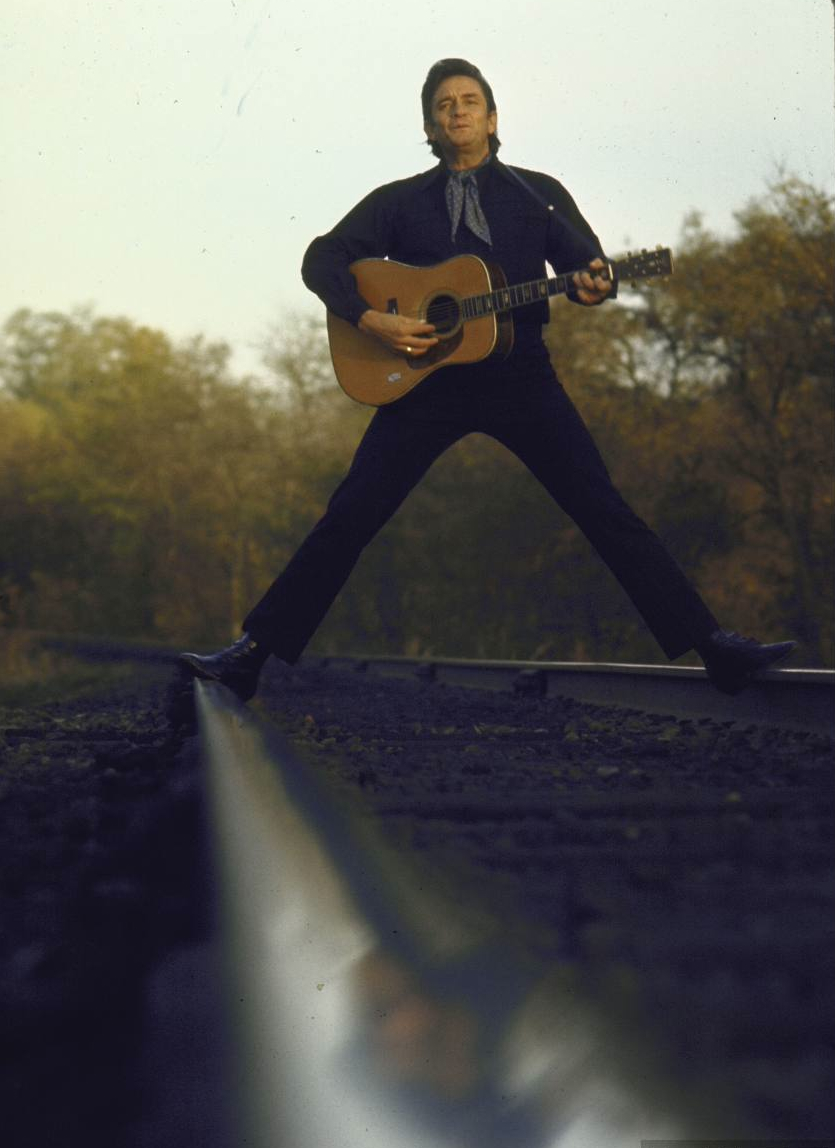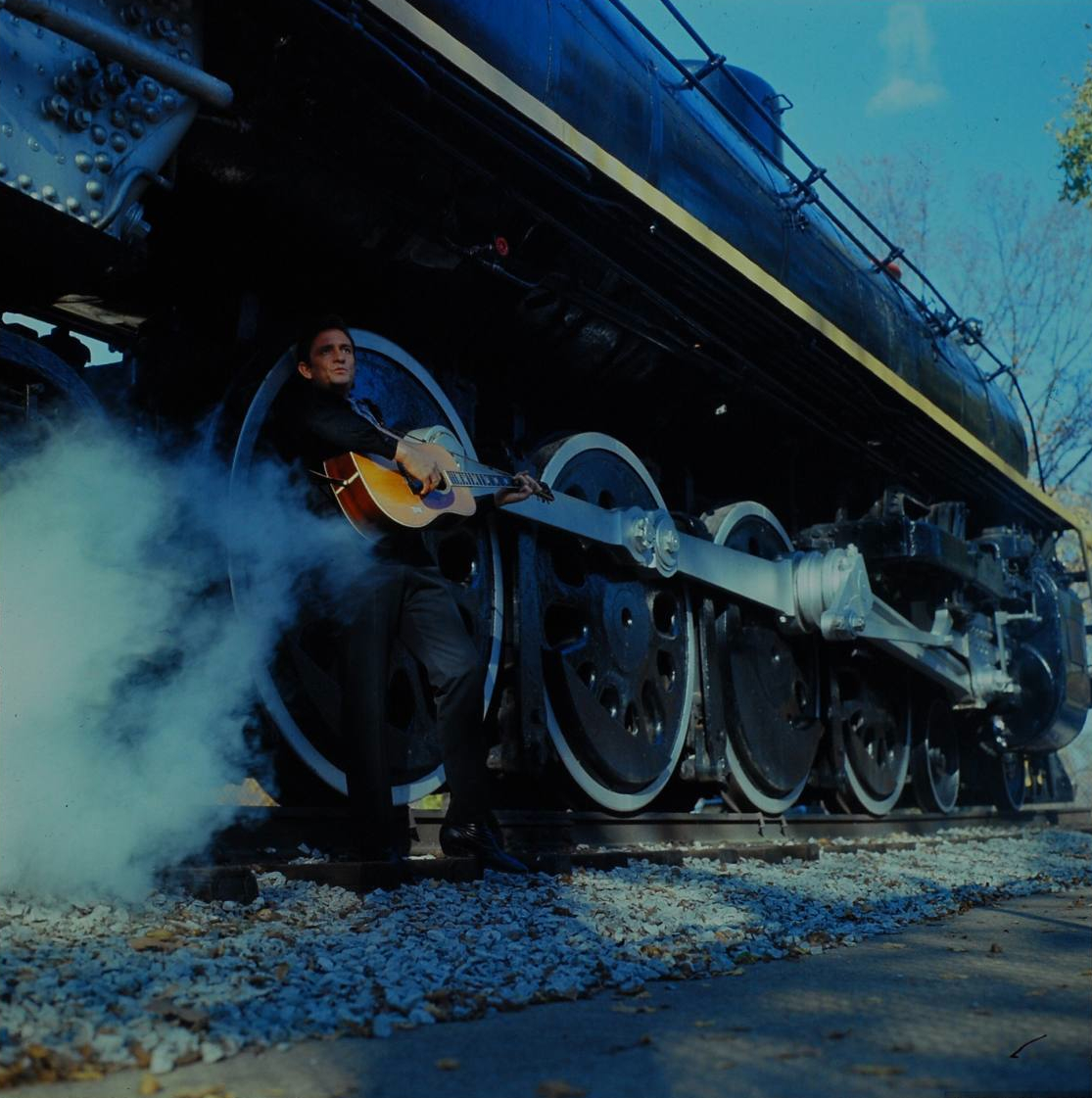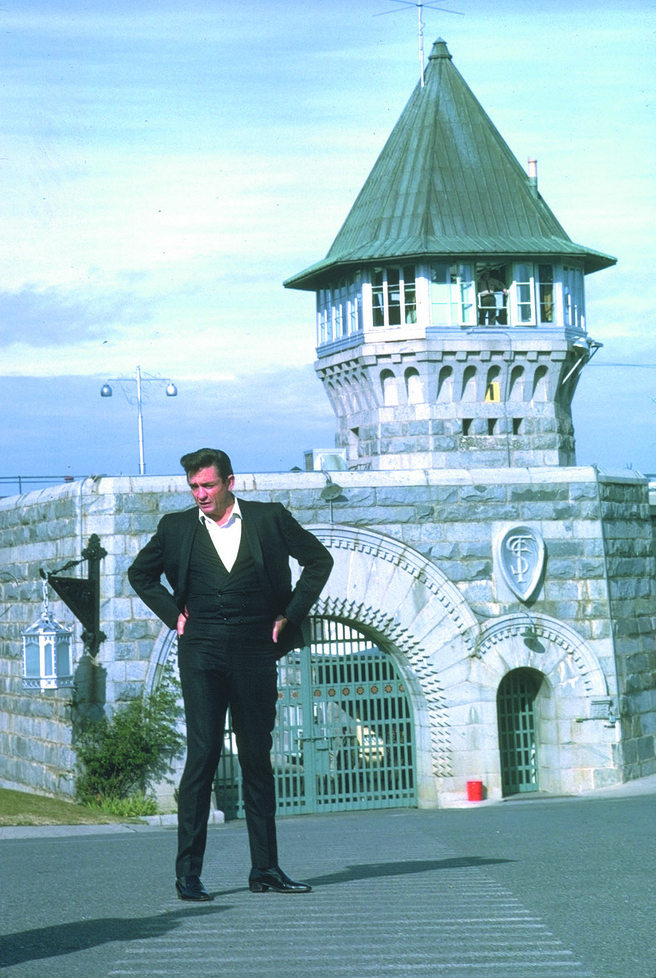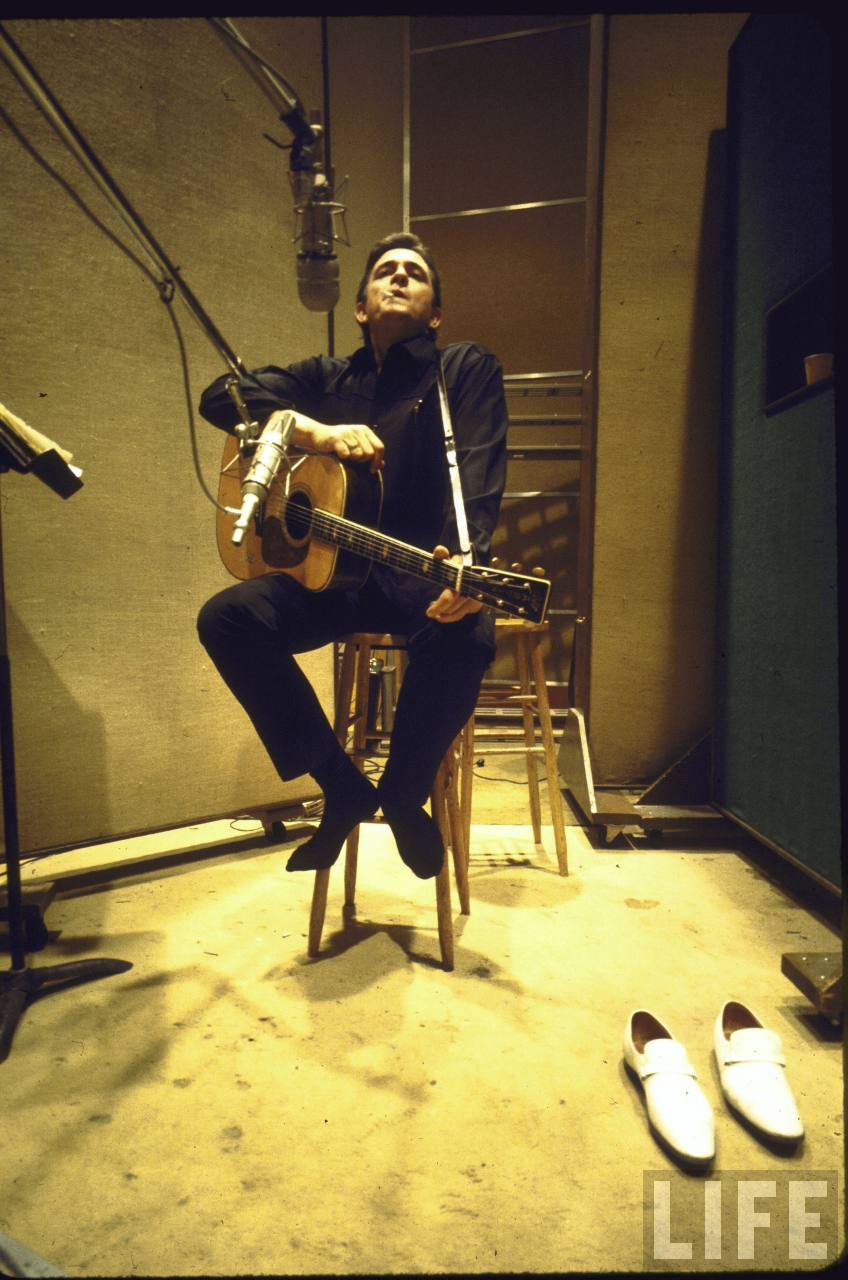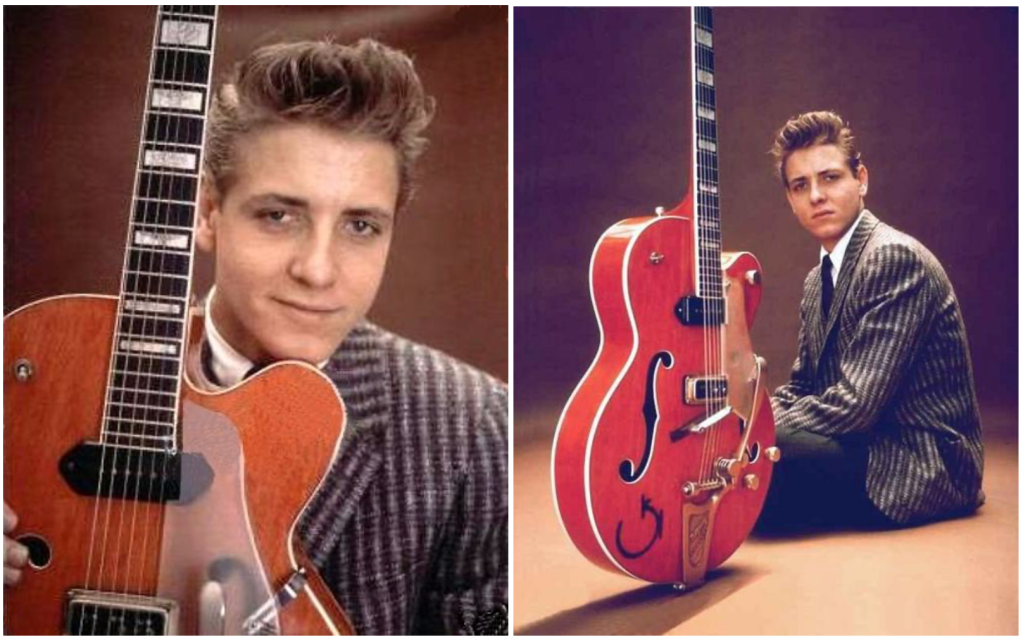
Tag Archives: country
1969 DESERT TRIPPIN’ | GRAM PARSONS, ANITA PALLENBERG & KEITH RICHARDS
Anita Pallenberg, Keith Richards and Gram Parsons at Joshua Tree © MICHAEL COOPER
*
Gram Parsons and Keith Richards first met back in 1968. Gram was with the Byrds; touring Europe to promote their landmark Sweetheart of the Rodeo record. When Gram told Keith the band was headed to South Africa, Keith was like– “Man, we don’t go there.” The sanctions and the embargo were on. So Gram quit the Byrds, right there and then. Gram, with nowhere to stay, crashed with Keith in London and fed his friend a steady diet of classic Country music– which would seep its way into the Stones’ sound soon enough.
*
As a songwriter, Gram worked very much like I do, which is knock out a couple of chords, start to spiel and see how far it can go. Rather than sitting around with a piece of paper and a pen, trying to make things fit neatly together, if you just get on the microphone, things come to you. Lines come to you that you wouldn’t dream of, because they have to come to you in a split second. Gram liked to do that. But he would also work very hard — harder than I ever did — on honing it down. It’s difficult for me to pick one of his songs as a favorite. ‘Sin City’, on the Flying Burrito Brothers’ first album, is great. I love ‘I Can’t Dance’, on GP. But you’ll never get a full portrait of him from one or two songs.
*
Keith Richards at Joshua Tree © MICHAEL COOPER
*
In 1969, Keith Richards, Gram Parsons, and Anita Pallenberg took a trip (quite literally, I’m sure) to the Joshua Tree National Park. (The amazing photos of that epic trip were taken by Michael Cooper.) Joshua Tree was a place Gram Parsons was quite fond of. He’d spend days there on LSD getting lost, chasing UFOs, whatever. Tragically it was there that it all ended for Gram.
*
The drugs and drinking — he was no better or worse than the rest of us. He just made that one fatal mistake — taking that one hit after he cleaned up, still thinking he could take the same amount. And it was too f*cking much. But he didn’t get into dope because of us. He knew his stuff before he met us. I think he was just getting into his stride when he died (In ‘73 Gram Parsons fatally overdosed from a lethal combo of morphine and alcohol). His actual output — the number of records he made and sold — was pretty minimal. But his effect on country music is enormous. This is why we’re talking about him now. But we can’t know what his full impact could have been.
*
Anita Pallenberg at Joshua Tree © MICHAEL COOPER
*
TAKE THIS JOB AND SHOVE IT! | DAC, JOHNNY PAYCHECK & BIGFOOT MANIA
*
*
“Always go hard and fast enough so that when you hit the ditch,
you can pull out the other side.”
*
–Johnny Paycheck
*
*
Country music outlaw Johnny Paycheck– singer of the hit song “Take This Job and Shove It”
*
When the legendary Country music tune “Take This Job and Shove It” was released by Johnny Paycheck in 1977, it became a universal fist-pumping anthem for working stiffs everywhere– crossing cultural and geographical divides to unite workers in a time when the country was facing rising taxes, gasoline prices, unemployment (ironic given it’s title), and decreasing employer loyalty. The song provided a much needed outlet for our frustrations, and said better than any others before just how much we’d like to turn the tables and stick it to The Man. Just walk away with head held high and no looking back.
*
“Take this job and shove it. I ain’t workin’ here no more. My women done left and took all the reasons I was workin’ for. You better not try to stand in my way as I’m walkin’ out the door.” Amen.
*
Johnny Paycheck– the late 70s poster-child for frustrated and fed-up workers everywhere.
*
The song made Johnny Paycheck a household name– and for good reason, because his hard-livin’ badass persona fit the bill perfectly. So did that of the song’s original writer and Country outlaw legend, David Allan Coe– who saw the fifteen minutes of fame feeding Paycheck’s career more than his own. People say DAC was more than a little pissed to see Johnny get all the glory, and not throw him a bone for actually penning the tune that had made him a star. Well, they’d have a chance to share the limelight together a few years later when the movie of the same name was released and both were given cameo roles. Only problem was they were both upstaged by– a truck. But not just any truck– we’re talkin’ about Bigfoot. The first on-screen monster truck that started the national jacked-up 4 x 4 craze that’s still with us. I remember seeing the flick as a kid and being blown away by the massive, blue F-250 Bigfoot’s size and power… Johnny who? The attention seemed to change overnight to— Take This Truck and Crush It.
*
*
Bigfoot’s stardom skyrocketed while Johnny Paycheck and DAC both ran into trouble after trouble– ultimately resulting in prison time.
*
NUDIE COHN | RHINESTONE COWBOY
The Legendary Country Western tailor to the stars — Nudie Cohn.
*
Circa 1970’s, Los Angeles, CA– Hands of Nudie Cohn the Rodeo Tailor –Image by © Jeff Albertson
*
Nudie suits have been worn by just about everyone who is anyone in the world of Country/Rock music. Simply put, he made Country cool with his one-off original creations that bedazzled a long list of diverse celebs– John Wayne, Gene Autry, George Jones, Elvis, Cher, John Lennon, Ronald Reagan, Elton John, Robert Mitchum, Pat Buttram, Tony Curtis, Michael Landon, Glenn Campbell, Hank Snow, Porter Wagoner, Hank Williams Sr., and groups such as, America, Chicago, ZZ top, and the Flying Burrito Bros (Gram Parsons’ “Gilded Palace of Sin” suit is considered the Sistine Chapel of Nudies). To own a Nudie is to own something special; collected by fashion and music hounds alike– Dwight Yoakam, Ben Harper, Lenny Kravitz, Perry Farrell, Jeff Tweedy, and other A-list Rockers of today keep the Nudie flame burning, and even inspired a few of them to create their own line of signature clothing.
The man behind the amazing rhinestone-studded, hand-embroidered suits was none other than Mr. Nudie Cohn– arguably, the larger-than-life 5-foot-7 Russian Rhinestone Cowboy is the most influential and innovative fashion designer and tailor to ever bless the world of Country music. And he couldn’t stop at clothing– he put his Midas Touch on everything around him– especially his customized fleet of Nudie-fied GM cruisers that he used to promote his LA based Nudies Rodeo Tailors shop on Lankershim Blvd. Of the original 18 cars, the whereabouts of only 9 are known today.
*
Circa 1970’s, Los Angeles, CA– Nudie costomized each of his many cadillacs, protecting his work with plastic. This one is decorated with silver dollar coins and 14 various guns. –Image by © Jeff Albertson
JOHNNY CASH | RIDIN’ THE RAILS
In “Walk the Line,” June Carter refers to Johnny Cash’s voice as “Steady like a train, sharp like a razor.”
Amen, sister. When I think of Johnny, without fail I’ll get an image in my head of an old steam train– big, black, strong & steady. And of course that classic Cash chicka-boom rhythm sounds just like a trusty ol’ train a rollin’ round the bend, and right on time– so reliable, you could set your watch to it. Yeah, Johnny Cash sang a lot about trains, prison and hard times– and we all know through his epic lyrics that the beauty of the train is that it represents the freedom of leaving the past behind. All that crap that you just need to separate yourself from with miles and miles of railroad track and dust. A new start, a second chance.
There’s also something lonely and soulful about a train ride– staring out as the barren landscape goes drifting by. It’s just you and that train. It holds you there firmly, with nothin’ to distract you from who and what you’re leaving behind– as the soothing click of the rails beneath your feet reminds you that soon it’ll all be long gone.
YOU CAN NEVER HAVE ENOUGH CASH | JOHNNY AT FOLSOM PRISON 1968
1968, Johnny Cash at Folsom Prison., 1968.
It was 1968, and Johnny Cash was finally at a place in life where he was able to get a grip on his drug addictions — with the love and support of his wife June. Johnny had always wanted to perform at Folsom — ever since he first recorded the tune Folsom Prison Blues back in 1957 for Sun Records. After years of delays caused by management changes at Johnny’s record label, and battles with his own personal demons, the time was finally right.
Backed by the legendary Carl Perkins, the Tennessee Three, not to mention June Carter Cash (a musical dynamo in her own right ), Johnny and company set out to California’s Folsom Prison to put on one helluva show (two shows actually) for the penned-up boys in blue. The resulting live album At Folsom Prison was a huge success that reignited Johnny Cash’s career, and is an enduring classic that is hands-down required listening for all Johnny Cash, American Roots, and Country Western music fans.
From the moment you hear that “Hello — I’m Johnny Cash” and that guitar — you’re flat hooked, brother.
*
Johnny Cash at Folsom Prison, 1968.
.
Johnny Cash at Folsom Prison, 1968.
American Icons – Johnny Cash & Martin Guitars.
Johnny Cash is as real as they come, brother. I feel sorry for poor lil’ Juaqiem Phoenix – trying to fill those big (white) shoes on screen. The hard livin’, honky tonkin’, God lovin’ man in black. God rest his soul.
C.F. Martin & Co. have been making top quality guitars since 1796, and are still family owned and operated out of Nazareth, PA. Martin is truly a guitar with few rivals in terms of quality, tone and boom- played by the likes of Bob Dylan, Neil Young, Guy Clark and many other music legends. Martin is probably best known for their D-45 Dreadnought model (a little wider body and more squared shoulder), first crafted for Gene Autry in 1933. In my book, both Johnny and Martin are true American Icons.

